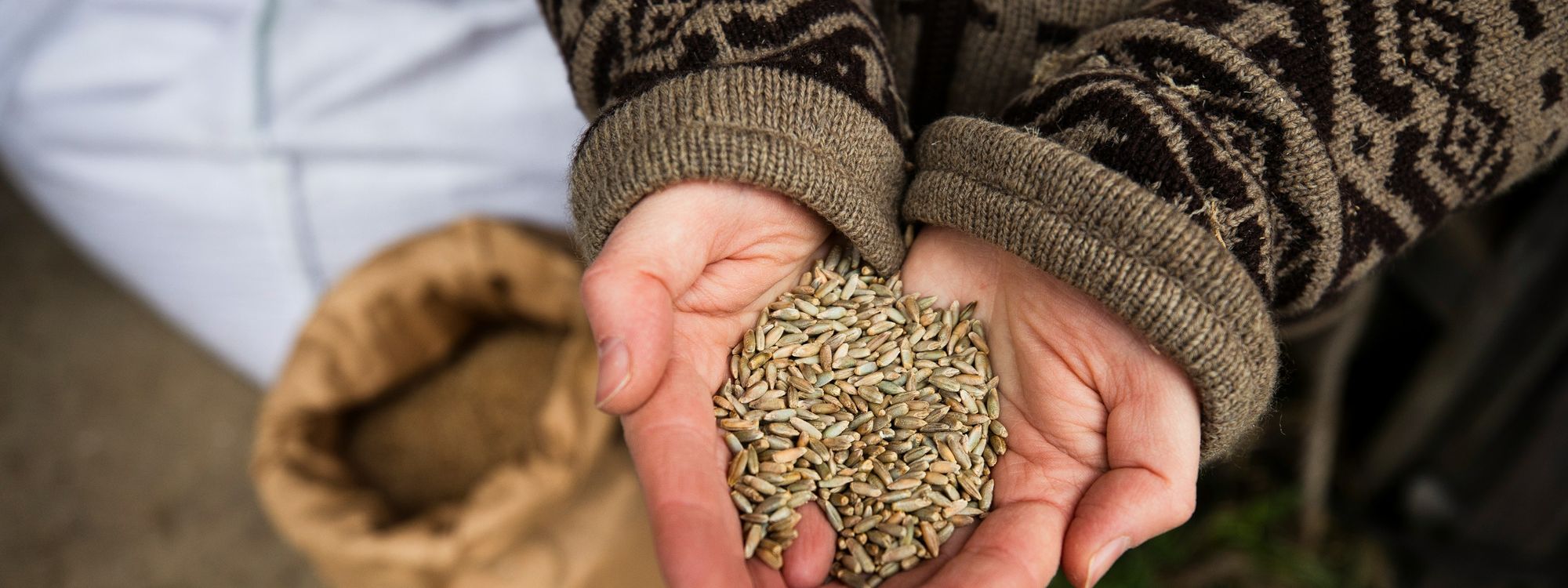
Spelt, an ancient grain that has been part of human diets for centuries, has recently experienced a resurgence in popularity.
Spelt is a cereal grain, a member of the third food group, primarily known for its high starch content. This makes it an excellent source of energy. Additionally, spelt is rich in dietary fiber, magnesium, potassium, and several B-vitamins, particularly niacin when wholemeal.
Despite its many health benefits, spelt contains gluten, making it unsuitable for individuals with celiac disease. It is typically sold as whole or hulled and dried seeds, and in the form of refined or wholemeal flours. Spelt is a versatile ingredient, often used in soups and stews.
Interestingly, spelt comes in three distinct species: small, medium, and large, all belonging to the Gramineae (Poaceae) family and the Triticum genus. These species are T. monococcum (small spelt), T dicoccum (medium spelt), and T. spelta (large spelt).
Spelt closely resembles common wheat in structure. It is a herbaceous plant that produces inflorescences organized into spikes, where each flower corresponds to a fruit/caryopsis. However, compared to wheat, the three spelt species yield a significantly lower volume of edible part.
The origin of various types of spelt can be traced back to the same geographical area - the eastern portion of the Mediterranean basin, the Caucasus, and the northern part of the Middle East.
Spelt thrives in regions with a Mediterranean or slightly cooler climate. It does not grow well in cold temperate climate areas or tropical ones. The subtle differences in the ideal climate of each species have influenced their cultivation in different countries.
Spelt is a nutritionally dense food. Here is a breakdown of its nutritional values per 100g:
It's important to note that the nutritional composition of spelt is quite similar to that of durum wheat and soft wheat. The protein intake is slightly higher, but this is not its most distinguishing feature. Spelt, like other cereals, contains excellent quantities of complex carbohydrates, which determine its high energy density. The lipid content is negligible, and the fiber content is commendable.
Spelt's gluten content makes it suitable for bread-making. Its flours have been used in the production of bread and focaccias for centuries. Today, splet pasta is also becoming increasingly popular.
Spelt flour and spelt seeds are available in two forms: refined and wholemeal. Both are obtained from grains without the glume and husks, but the refined version contains significantly less dietary fiber. Spelt is an excellent ingredient for brothy soups, legume soups, vegetable soups, and risotto-like dishes. Essentially, spelt can fully replace the use of wheat in many recipes.
In conclusion, spelt is a versatile and nutritionally dense grain that deserves a place in our diets. Whether you're looking for a new ingredient to add to your soup or a healthy alternative to traditional wheat, spelt is a choice worth considering.